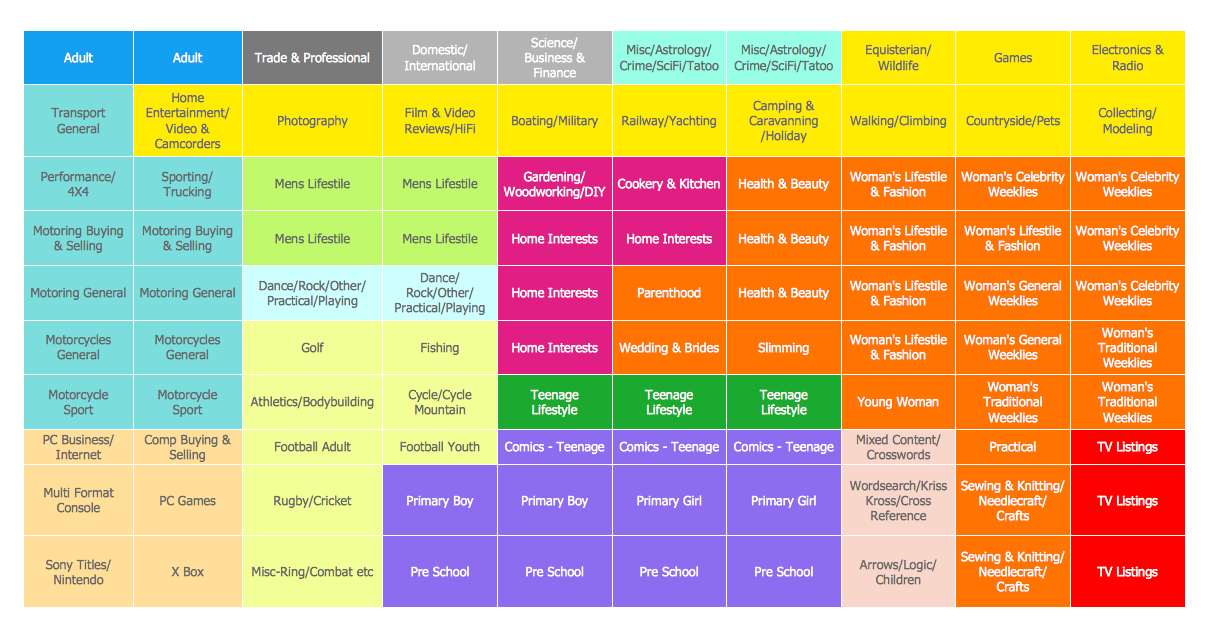


A retailer should look at a planogram as a specific tool rather than a marketing skeleton key. In visual marketing, a planogram is a single element of the general marketing cycle. Planogram complexity rises with bigger stores such as Walmart that sell toys, construction tools, and other items alongside everyday goods. Beverages will likely sell better if near snacks rather than toilet cleaning products, but it gets trickier when deciding between putting soft drinks or alcohol next to potato chips. Various consumer packaged goods (CPGs) sell better if placed near similar products. It’s like a store map where each item has its exact location based on marketing research. What is a planogram?Ī planogram ( POG or shelf space plan) is a visual representation that specifies each product group’s location to encourage sales. Planogramming collects data and helps the vendor use the physical space of a store more effectively. Using a planogram in retail can boost sales and get the most out of the store’s area. It can be challenging to figure out product placements when uncertain of customers’ buying habits. Although overlooked by a beginner retailer, practical space usage is as important as making discounts visible on items. Planning product placement in a retail store is crucial for any retailer looking to make sales.


 0 kommentar(er)
0 kommentar(er)
